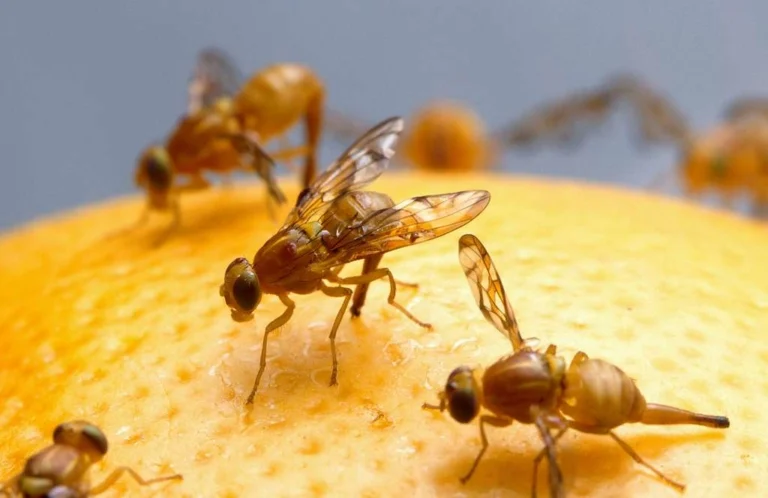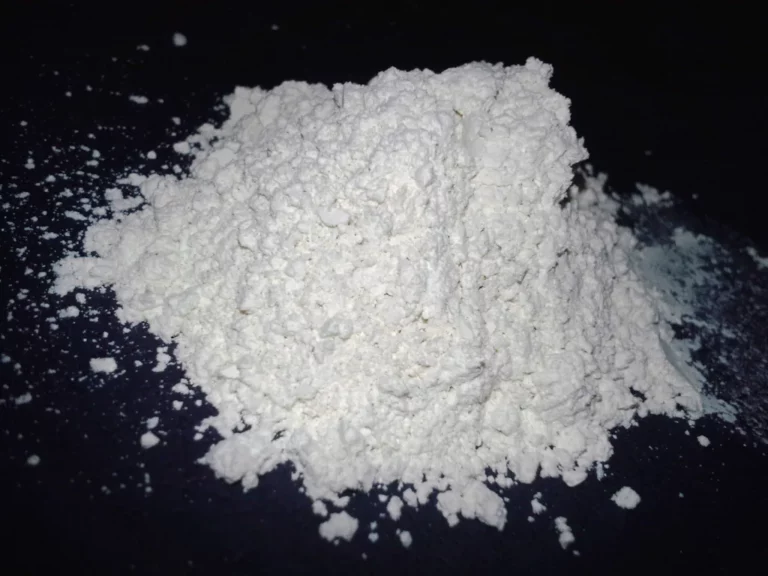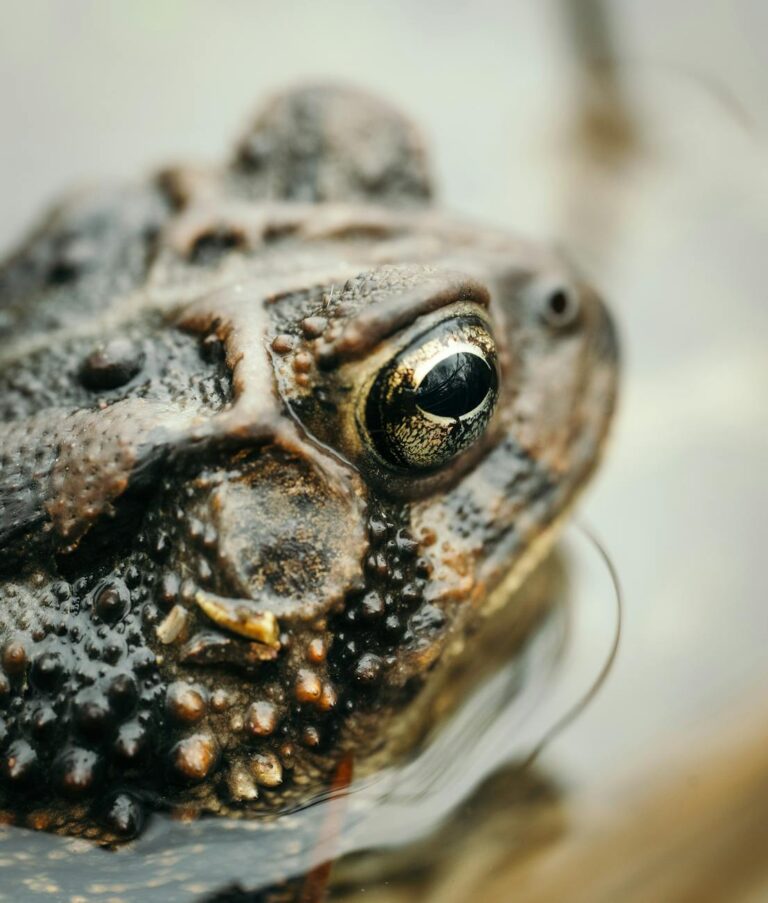Table of Contents
TogglePesty centipedes have many legs but each body segment only has one complete set of legs. They are capable of extremely rapid movement due to the strength of their legs. The centipede’s natural diet consists of other insects, which it kills with its powerful venom before eating. Centipedes are typically solitary insects; if you don’t see a large number of them at once, it’s possible that you’re not dealing with an infestation.
Centipedes can have 15 legs or 300 legs. Their primary hunting appendages are venomous claws located at the end of their first set of legs. Despite being larger, they are much less common than millipedes in the Sunshine State. The centipede’s body is long and narrow, and it is flattened from head to tail. Their long antennae and brownish coloring set them apart.
Similar to centipedes, millipedes are multi-legged insects with a length of up to several inches. If you compare a millipede to a centipede, you’ll notice that each segment of the millipede’s body has two pairs of legs instead of one.
But millipedes are different because they don’t bite and they usually stay underground during the day. Although they have many more legs than centipedes, millipedes are much slower. The most notable distinction between millipedes and other insects is that they often move as a flock. There are probably more millipedes than just the one you saw.
Millipedes, in comparison to centipedes, are much smaller. The typical place to discover one is curled up next to your sliding glass doors or inside your home. Millipedes are usually black or brown, though some species have bright colors like orange and red. They also have much shorter antennae than a centipede. They may crumble or emit an unpleasant odor when swept or vacuumed up.
Are Centipedes Poisonous?
To put it simply, centipedes are arthropods of the Chilopoda class. In other words, they are vicious and dangerous predators. Venom is secreted by a gland at the fang’s base and delivered via the maxillipeds on the first segment of the body. The muscles around the poison gland squeeze it after trapping prey, releasing toxins through tiny needles. Despite this, the venom is normally not lethal to humans, and most centipede bites are more uncomfortable than hazardous.
Maxillipeds, a pair of front legs unique to centipedes, curl around the head and back behind the mandibles. Maxillipeds have a venom gland near their base, which they use to inject into their victims. The maxillipeds of small centipedes aren’t strong enough to puncture human skin, therefore getting bitten by one only causes mild discomfort on the level of a bee sting.
Are Millipedes Poisonous?
Can You Get Bit By A Millipede? Unlike centipedes, millipedes do not inject venom and are generally not believed to be poisonous. Some kinds of millipedes, however, secrete unpleasant secretions from glands on their sides. If someone with a sensitivity to these fluids accidentally crushes a millipede, they may experience some mild irritation.
Millipede defense fluids can be irritating to the skin and have a strong odor. Due to the difficulty in identifying millipede species, it is recommended that people handle these insects while wearing protective gloves or after properly washing their hands. That’s why it’s important to always use gloves while touching or handling millipedes, and to never do so with bare hands.
Another piece of advice is to avoid rubbing your eyes if you’ve handled millipedes, as their defense fluid can cause severe irritation. As could be expected, millipedes employ these noxious fluids as a means of self-defense against predators.
What Do Centipedes Eat?
Though we don’t typically think of them that way, centipedes are actually quite adept predators due to their speed and insectivorous diet. Insects are the major food source for insectivores, which might be any carnivorous plant or mammal. House centipedes eat mostly other arthropods because that’s all they can find to eat, and they’re arthropods, too.
House centipedes will devour almost any bug they can catch and swallow whole. Though they are considered pests due to their presence in the home, they set themselves apart by feeding on other insects and rodents. Cockroaches, moths, flies, crickets, spiders, silverfish, and even wasps are all on the menu for these critters.
House centipedes are particularly unpopular since they often run directly at people’s feet, prompting many to seek professional extermination. These insects are notoriously difficult to get rid of, yet their diets may actually be useful around the house or yard.
Get Help from On Demand Pest Control
On Demand Pest Control is a locally owned and operated company in South Florida and provides pest control and prevention solutions for both residential and commercial properties in the area. Our Florida certified expert technicians provide safe and effective barrier spray treatments throughout Southeast and Southwest Florida. Click Here to learn more about how our pest treatments work.




